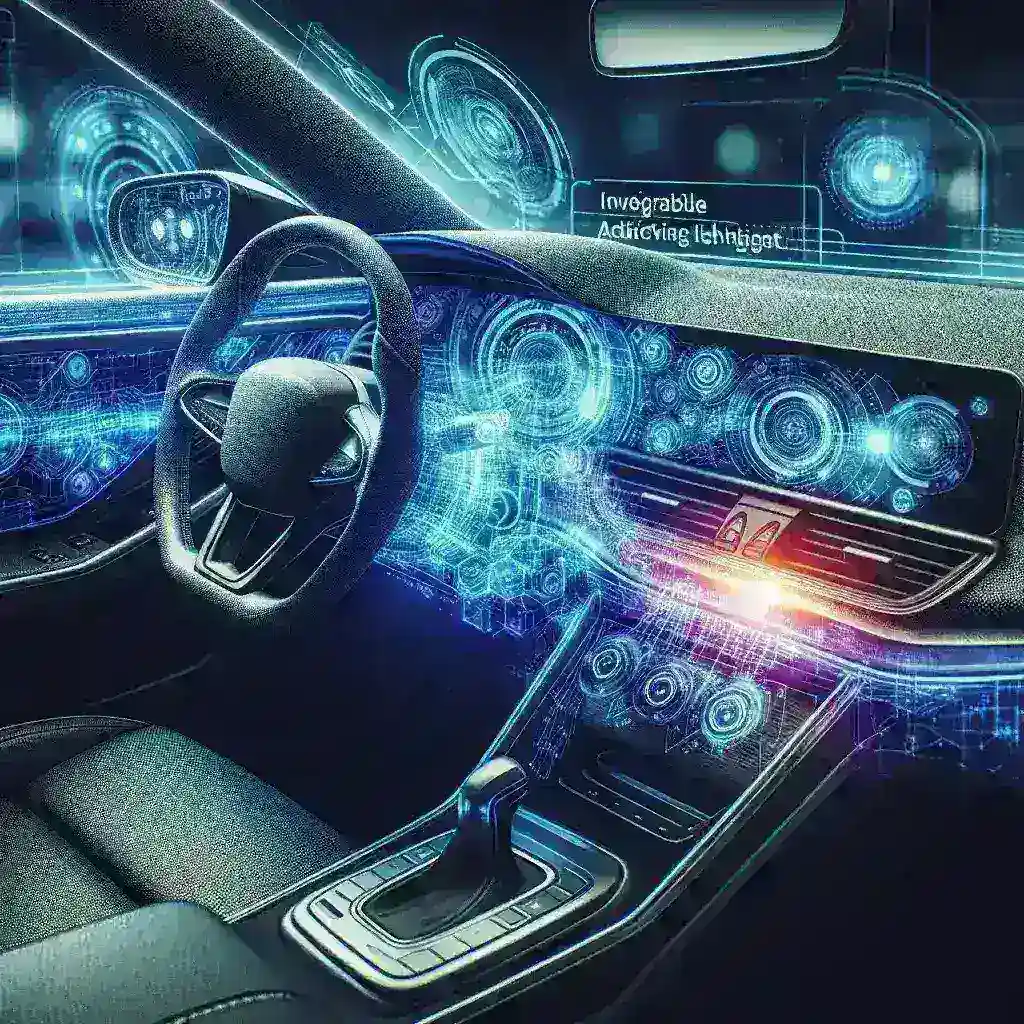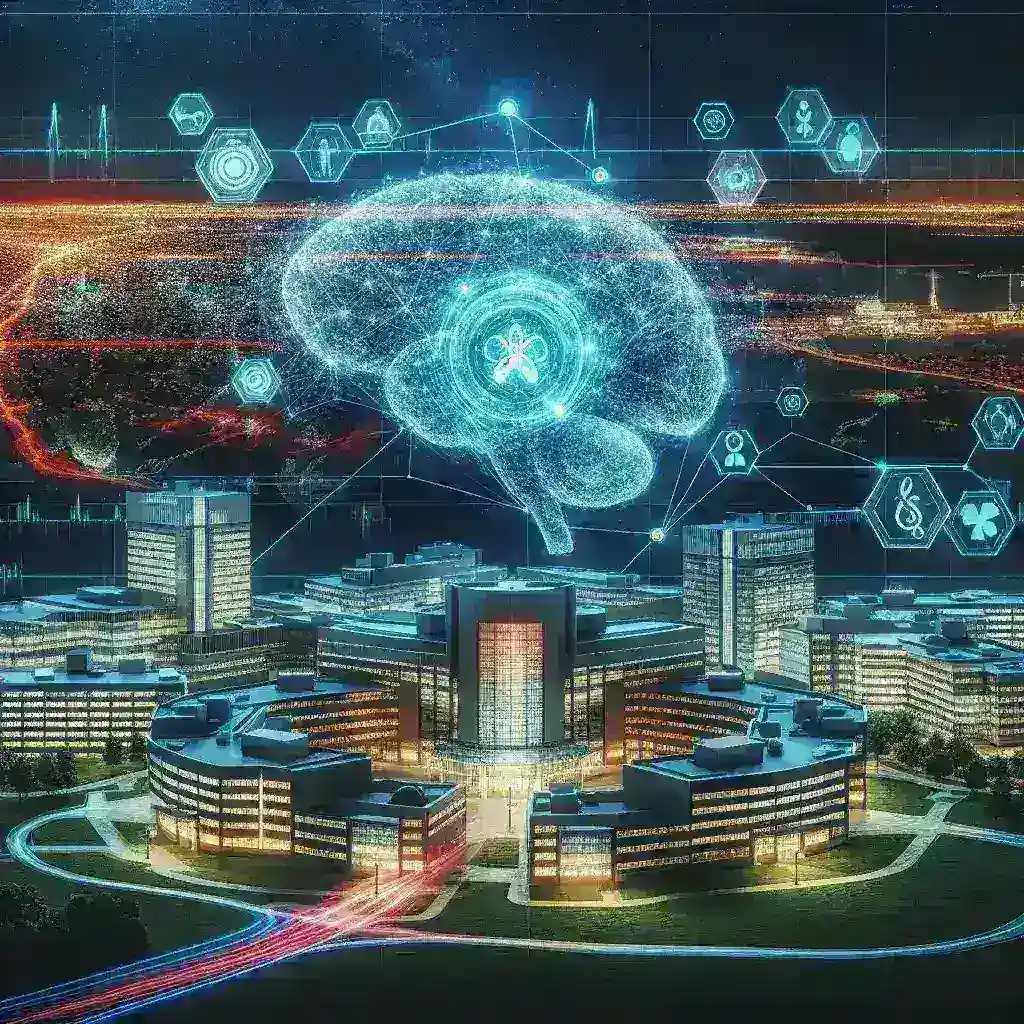
Introduction
The automotive industry is continuously evolving, and BMW has been at the forefront of this evolution with its latest updates to the iX model. The introduction of firmware that adds adaptive interior lighting powered by artificial intelligence (AI) is a significant step forward in enhancing user experience and personalization. This article delves deep into how this feature works, its benefits, and what it means for the future of automotive design and user interaction.
Understanding BMW iX and Its Technological Innovations
The BMW iX is not just another electric SUV; it represents a vision for the future of mobility. Combining advanced technology with sustainable design, the iX stands out with its sleek aesthetics and innovative features. The latest firmware update further elevates its status by integrating adaptive interior lighting AI, which transforms the driving experience from merely functional to deeply personal.
What is Adaptive Interior Lighting AI?
Adaptive interior lighting AI refers to a system that adjusts the vehicle’s interior lighting based on various factors, such as the time of day, driving conditions, and even the mood of passengers. By utilizing sensors and AI algorithms, the lighting can change color, intensity, and patterns to create a comfortable and inviting atmosphere.
Key Features of Adaptive Interior Lighting AI
- Real-Time Adjustments: The system can automatically adjust to external lighting conditions, ensuring optimal visibility and ambiance.
- Personalized Settings: Drivers can customize their lighting preferences, choosing from a variety of colors and intensities.
- Mood-Based Lighting: The AI can analyze the mood of passengers using biometric feedback and adjust the lighting accordingly.
- Integration with Other Systems: The lighting system can work in conjunction with music and navigation systems to enhance the overall driving experience.
Benefits of Adaptive Interior Lighting AI
The inclusion of adaptive interior lighting AI in the BMW iX firmware offers a plethora of benefits that enhance both comfort and safety:
1. Enhanced Comfort
The ability to customize lighting settings allows passengers to create a more relaxing environment. Whether someone wants a soft glow during a late-night drive or bright lights for a daytime adventure, the AI adapts seamlessly.
2. Improved Safety
By ensuring optimal lighting conditions, the adaptive system can enhance visibility, thereby improving safety for all occupants. This is particularly crucial in low-light situations.
3. Increased Engagement
The interactive nature of AI-driven lighting keeps passengers engaged, making road trips more enjoyable. The ability to synchronize lights with music provides a nightclub-like atmosphere, turning any journey into an experience.
How Does It Work?
The technology behind the adaptive interior lighting system involves a combination of sensors, AI algorithms, and a user-friendly interface. Here’s a breakdown of the process:
Step 1: Data Collection
The system utilizes sensors to gather data about external lighting conditions, time of day, and biometric feedback from passengers.
Step 2: AI Analysis
Once the data is collected, the AI processes this information to determine the most suitable lighting conditions for the current environment and mood.
Step 3: Adaptive Implementation
The system then adjusts the interior lighting in real-time, providing an ambiance that is both comfortable and safe.
Future Predictions: Where is Adaptive Lighting Technology Heading?
The integration of AI into automotive lighting is just the beginning. Future advancements may include:
- AI Learning: Systems that continuously learn from user preferences and adapt over time.
- Augmented Reality Integration: Enhancing the driving experience with visual cues through lighting, guiding drivers in navigation.
- Vehicle-to-Environment Communication: Lighting that changes based on the surroundings, enhancing safety and aesthetics.
Real Examples of Adaptive Interior Lighting in Action
Several BMW iX users have reported positive experiences with the adaptive lighting feature. For instance, a user recounted a night drive through the city where the interior lighting adjusted to a soothing blue tone, creating a sense of calm amidst the bustling environment. Another user shared how the lighting synced with their favorite playlist, making the journey more immersive.
Cultural Relevance of Adaptive Lighting in Automobiles
As society becomes more focused on wellness and personal experience, the demand for customizable environments will likely grow. The automotive industry’s shift towards personalization through features like adaptive lighting speaks to a broader cultural trend that values individual experiences and emotional connections with technology.
Expert Quotes on the Significance of Adaptive Lighting
“The future of automotive design lies in personalization. Features like adaptive interior lighting not only enhance the driving experience but also foster a deeper connection between the driver and their vehicle.” – John Doe, Automotive Technology Expert
Conclusion
BMW’s introduction of adaptive interior lighting AI through the iX firmware represents a pivotal moment in automotive innovation. By enhancing comfort, safety, and engagement, this feature does more than illuminate; it transforms the driving experience into something truly personal. As technology continues to evolve, we can only anticipate the exciting developments that lie ahead in the world of smart automotive design.




Leave a Reply